The overall Totoli population includes ca. 25.000 people but most of these do not speak the language anymore. It is not easy to determine the exact number of fluent speakers today, but 10-20% of the total population would appear to be a realistic estimate. A widespread pattern in families is for family members over 50 to be fully fluent, members between 20-50 to have a good passive knowledge and children and teenagers to know very little of the language.
While the Totoli speech community nowadays is a Muslim society adhering to the values and aspirations of the modern Indonesian mainstream, the older speakers still have a very rich repertoire of verbal art genres. This includes elaborate genealogies detailing the history of the Totoli people which appear to follow the model found in South Sulawesi (Bugis, Makassar). Another genre is a form of verbal combating (lelegesan). The challenge here is to produce as many rhyming two-liners as possible where the first line always consists of the name of a part of a plant (the blossom of the aren tree, etc.) and the second line conveys a political or situational commentary (i.e. it is completely ad-hoc).
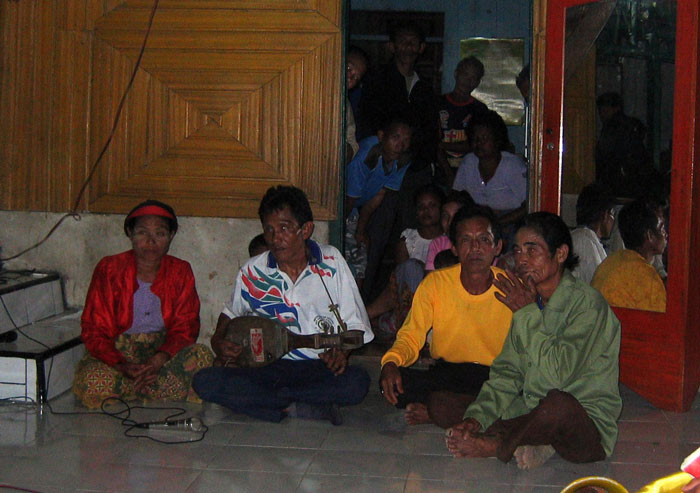
Lelegesan group
Although nowadays quite a few Totoli work in the extensive administrative body of the district capital Tolitoli, many of them are still farmers and/or fishermen. The main crops cultivated in the area are rice, cloves, coconut, durian, coffee, and cacao.
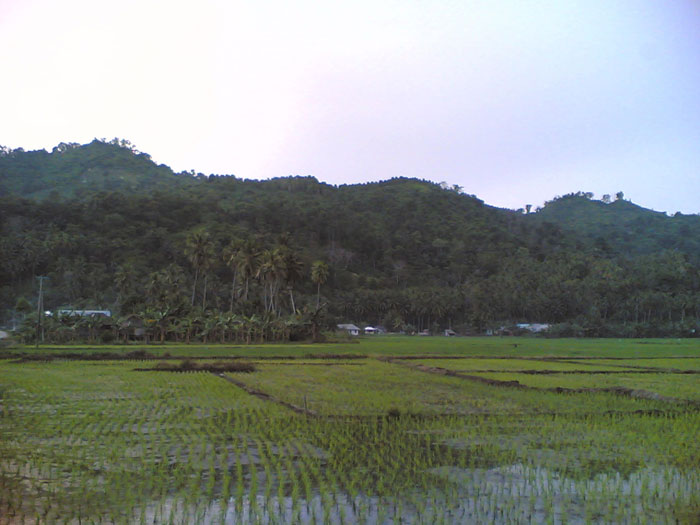
Ricefields and rows of clove trees on the hills near the village Lalos.
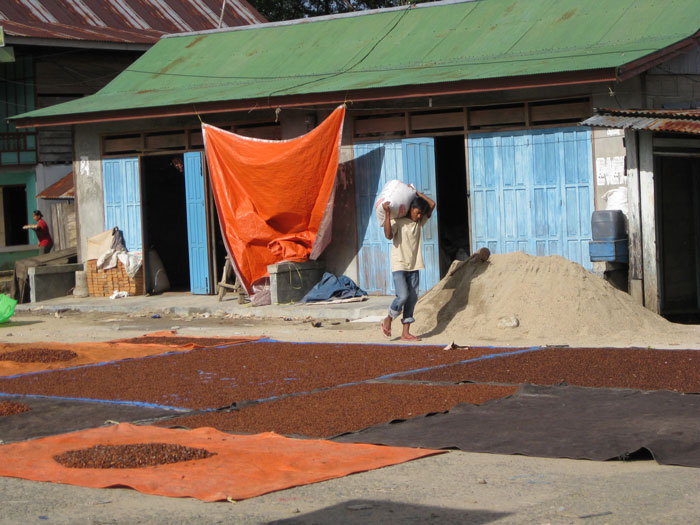
Clove blossoms layed out for drying.
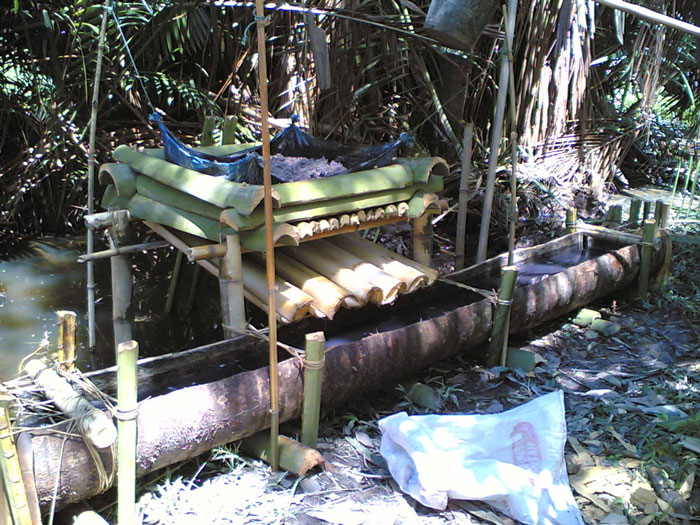
Traditional sago production
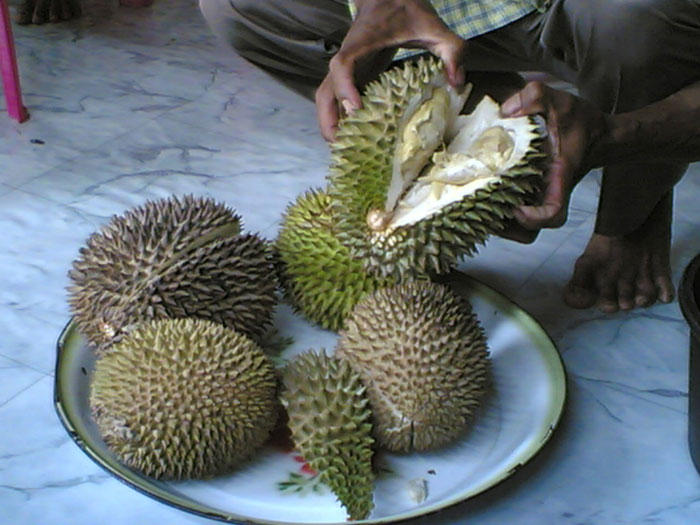
Durian fruit

Coconut pickers at work

Fisherman


